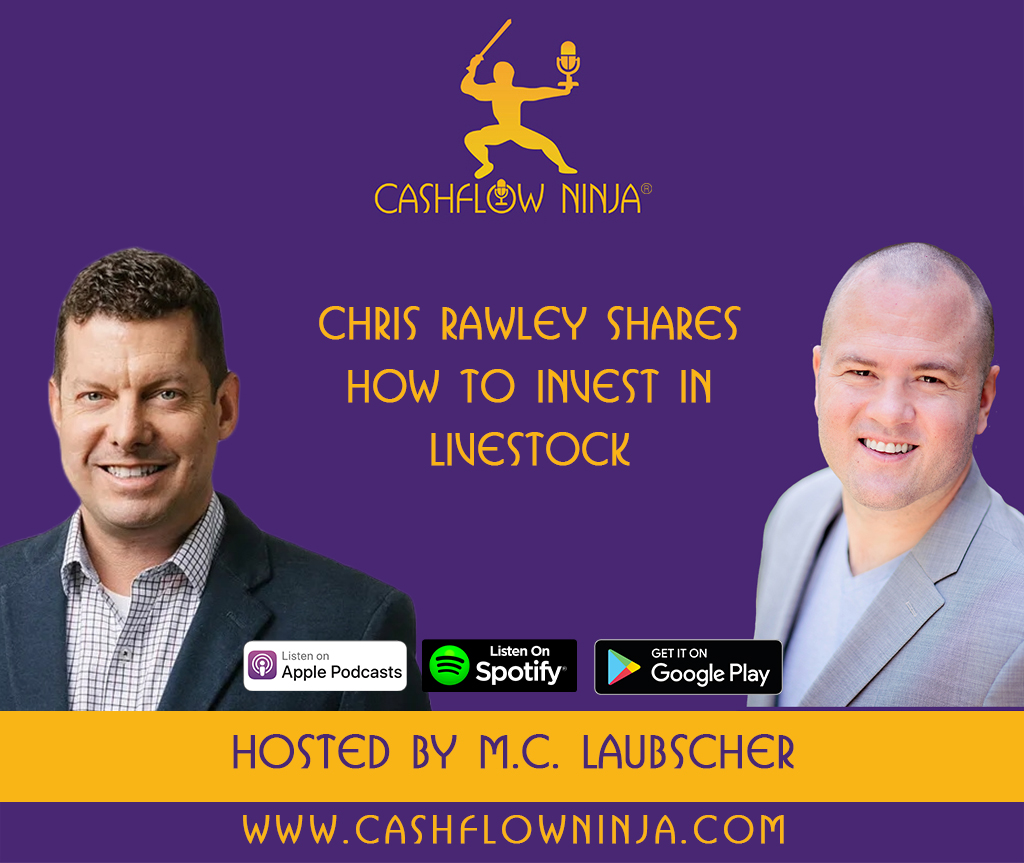
Equipment leasing is a financial solution that caters to business owners and investors and provides an appealing alternative to outright purchasing equipment. Equipment leasing is a system where companies rent the machinery, vehicles, or other necessary tools they need for a specified period instead of buying them outright. This process eliminates the requirement for a sizable upfront investment. When the lease term concludes, businesses can either return the equipment, renew the lease, or sometimes even acquire the equipment at a discounted rate.
From the investor or finance company’s perspective, equipment leasing is an enticing route to generate a stable income stream. They can invest in purchasing the equipment and lease it out to businesses, creating a win-win scenario.
So, why would business owners opt for equipment leasing? There are several compelling reasons. First off, leasing is a friend of capital conservation. It bypasses the necessity for substantial upfront costs, freeing up cash for other essential needs within the business.
Then, there’s the benefit of flexibility. Leasing empowers businesses to upgrade their equipment once their lease expires, ensuring they’re always equipped with the latest technology. This is a significant advantage in a world of swift and constant technological advancements.
Leasing also brings predictability to monthly expenses, providing a clear picture of monthly outgoing costs. This clarity simplifies budgeting and financial planning, taking some weight off the shoulders of business owners.
And let’s remember the potential tax benefits. Often, lease payments can be written off as a business expense, leading to possible tax savings—a perk any business owner would appreciate.
Finally, leasing protects against obsolescence, especially in industries where technology progresses at lightning speed. With leasing, businesses must pay more attention to the risk of their outdated equipment before it has fulfilled its value.
Why Invest In Equipment Leasing?
Equipment leasing, undoubtedly, presents an intriguing investment proposition for entrepreneurs and investors alike.
Firstly, the contracts that govern leasing provide a steady and predictable cashflow throughout the lease.
When investors lease out equipment, they continue to own the equipment. They can lease the equipment to another party or sell it once the original lease term concludes, offering them an additional avenue for income or potential capital gains.
The leased equipment is collateral, which acts as a safety net, reducing the investment risk. In the unfortunate event of a default, the investor can take back the equipment, helping them recover their investment.
We also need to pay attention to the potential tax benefits. Depending on where you’re based and how the deal is structured, owning and leasing equipment could come with its tax perks. This could include deductions for depreciation, interest expenses, and other related costs.
Lastly, by incorporating equipment leasing into your investment portfolio, you diversify your portfolio, enabling you to spread your risk across different asset classes. This could enhance your overall portfolio performance.
The Equipment Leasing Ecosystem
Equipment leasing is a multifaceted world, teeming with diversity and defined by a unique set of players, rules, and market dynamics.
Firstly, let’s consider the lessee or the borrower. This party leases the equipment over a specified period, providing regular lease payments for the right to use the equipment. The lessor, or the owner, is on the other side of the coin. They own the equipment and lease it to the lessee, retaining ownership while earning income from the lease payments.
But let’s remember the other instrumental players. Equipment dealers and manufacturers, for instance, produce or sell the equipment. Often, they form partnerships with leasing companies to provide financing solutions to their customers. Then we have the specialized finance companies, or equipment leasing companies, which buy equipment and lease it out, playing a pivotal role in connecting those seeking equipment with financiers.
Banks and financial institutions also have their part to play, offering equipment leasing as part of their commercial lending portfolio. They might own the equipment they lease out or act as financiers for third-party leasing companies. Brokers, too, are vital, acting as intermediaries who link businesses in need of equipment with leasing companies or financiers, helping to source and structure lease deals while earning a commission for their services.
Service and maintenance providers offer post-sale services like maintenance and repair for leased equipment, ensuring that the equipment remains in working order throughout the lease duration, depending on the lease terms. Regulatory bodies, whether government or industry-specific organizations, set standards and regulations for equipment leasing, promoting fair practices, protecting consumers, and upholding leasing standards. Lastly, insurance companies provide insurance coverage for leased equipment, safeguarding against equipment damage, theft, or unforeseen events that might impact the equipment’s value or functionality.
As you review equipment leasing as an investment, several vital things must be remembered. The structure of leases can vary, with options like fair market value leases, $1 buyout leases, or operating versus capital leases. Each has its implications for taxes, accounting, and end-of-term choices. The regulatory landscape is another crucial factor, dictating who can act as a lessor, the terms and conditions of lease agreements, and the rights and responsibilities of each party.
Market dynamics can also influence the demand for certain types of equipment, fluctuating with economic trends, technological advancements, and industry-specific factors. Risk management is essential, with proper maintenance, sufficient insurance coverage, and clear terms regarding equipment wear and tear playing a crucial role.
End-of-term options should be clearly outlined in the lease agreement. When the lease ends, you may have the option to return the equipment, purchase it, or renew it. And finally, consider technological advancements. Rapid changes in technology can affect the value of the equipment and its demand in the secondary market.
How To Generate Income
Regular lease payments are the primary source of income in equipment leasing. Lessees (the borrowers) make monthly or quarterly payments over the lease term. The payments can be fixed or variable, connected to an external benchmark, like an interest rate.
At the end of the lease term, the equipment may still have value. The lessor (the owner) can sell the equipment to the original lessee or in the open market. In specific lease structures, like the “$1 buyout lease,” the lessee commits to purchasing the equipment for a nominal fee, ensuring the lessor gets some value from the asset.
Late fees and penalties might apply if a lessee fails to make timely payments, providing additional income for the lessor.
Tax benefits may be available to lessors depending on the jurisdiction and lease structure. This includes deductions for depreciation, interest, and other related expenses. Accelerated depreciation schedules can result in significant tax savings in the early years of the lease.
If an investor borrows funds to acquire the equipment and leases it out, they can earn a spread between the interest rate they pay on their loan and the effective interest rate they earn from the lease.
Some equipment leasing firms offer services at the end of the lease term, such as equipment refurbishment or disposal. These services can generate additional revenue.
Ancillary services like maintenance, insurance, and equipment monitoring may be bundled with the lease, further enhancing the overall return on investment.
While equipment typically depreciates over time, certain assets in niche markets or sectors can appreciate due to scarcity or technological advancements.
How To Lose Money
Investing in equipment leasing is not a silver bullet for wealth accumulation; it does come with its share of risks.
You could have a scenario where the lessee or borrower fails to keep up with their lease payments. In such cases, the lessor, or investor, has the right to repossess the equipment. However, this process isn’t a walk in the park. It can be expensive and time-consuming, and there’s no guarantee you’ll recover the full value of the missed payments or the cost of the equipment.
Now, consider depreciation and obsolescence. Equipment might depreciate faster than anticipated, shrinking its value by the end of the lease term. With technology advancing at lightning speed, specific equipment can become obsolete quickly, leading to early lease termination or diminished value.
Economic downturns are another concern. A broader economic slump can trigger multiple defaults or renegotiations of lease terms, reducing your expected income. Similarly, improper valuation could lead to overpaying for equipment, making it difficult to recoup your investment through leasing.
Unforeseen maintenance or repair costs can also punch holes in your pocket, particularly if the lessee needs to maintain the equipment correctly or if the equipment suffers unexpected mechanical failures. The equipment’s damage, theft, or destruction might result in significant losses without adequate insurance coverage.
Regulatory changes, too, can throw a wrench in the works. Changes in rules and regulations can affect the leasing industry or specific types of equipment, rendering them non-compliant or obsolete and impacting their value and lease potential.
Overestimating the equipment’s value at the end of the lease term, or residual value miscalculation, can lead to losses when the equipment is sold or re-leased. Contractual disputes are another headache, as disagreements with lessees over contract terms, conditions, or end-of-term procedures can result in legal expenses and potential losses.
Market saturation is another possible risk. If there’s an oversupply of specific equipment in the market, lease rates may dwindle, affecting your expected returns. Then, there’s the risk of interest rate fluctuations. If you finance equipment purchases with variable-rate debt, you could face increased debt costs and interest rates rise above lease income.
Tax implications are another factor to consider. Unforeseen tax liabilities can impact your overall return on investment. And finally, liquidity concerns. Investors should be mindful of potential difficulties in quickly converting their investment into cash without a significant loss in value.
Positives & Negatives Of Equipment Leasing
Positives:
Steady Cash Flow: One of the main benefits of equipment leasing is the potential for a reliable and uninterrupted cash inflow through regular lease payments from lessees.
Tax Advantages: Depending on the jurisdiction and specific tax laws, there can be significant tax benefits, such as deductions for depreciation or interest.
Residual Value: Towards the end of the lease term, the equipment can often be sold, released, or used as collateral for another financial transaction, creating another potential source of income.
Diversification: Equipment leasing allows investors to diversify their portfolios beyond traditional stocks, bonds, or real estate.
Protection Against Inflation: Lease agreements can be designed to include periodic rent increases or be tied to inflation rates, providing some safeguard against inflationary pressures.
Flexibility: Lease contracts can be tailored to suit different durations, payment structures, and other terms that meet the lessor and lessee’s requirements.
Collateralized Investment: The equipment itself serves as collateral. In the event of default, the lessor has the right to repossess and sell the equipment to recover costs.
High Potential Returns: With proper research and management, equipment leasing offers competitive returns that may outperform other investment avenues.
Negatives:
Depreciation and Obsolescence: Over time, equipment can lose value or become technologically outdated, possibly reducing its residual or resale value.
Maintenance Costs: Normal wear and tear can result in maintenance or repair expenses, which the lessee may not always bear.
Liquidity Concerns: Equipment leasing can be less liquid than stocks or bonds. Selling the equipment quickly without a discount when an investor wants to exit the investment may pose challenges.
Default Risk: There is always a risk that the lessee may default on payments, leading to potential legal costs and losses.
Sensitivity to Economic Conditions: Economic downturns can impact the lessee’s ability to make payments, mainly if they operate in a cyclical industry.
Regulatory and Tax Changes: Unexpected shifts in regulations or tax laws can affect the profitability or viability of equipment leasing.
Exposure to Interest Rates: If equipment is financed using variable-rate debt, fluctuations in interest rates can impact profitability.
Uncertainty Regarding Residual Value: Predicting the equipment’s value at the end of the lease term can be challenging, leading to potential underestimations or overestimations.
Contractual Disputes: Potential for disagreements with lessees over terms, conditions, or end-of-term procedures.
Market Saturation: Oversupply of specific equipment in the market can drive down lease rates or reduce demand.
Investment Opportunity Filter™
The Investment Opportunity Filter™ evaluates an investment opportunity based on cashflow, tax benefits, appreciation, and the leverage it provides.
Equipment leasing scores a 3/4 with The Investment Opportunity Filter™.
Equipment leasing can produce significant cashflow, have great tax benefits, and allow leveraging others’ skill sets, capabilities, networks, and capital. The equipment loses value and cannot be sold for a profit.
Download all the Niches Trilogy Books:
The 21 Best Cashflow Niches
Digital: https://www.
Audio: https://podcasters.spotify.
The 21 Most Unique Cashflow Niches
Digital: https://www.
Audio: https://podcasters.spotify.
The 21 Best Cash Growth Niches
Digital: https://www.
Audio: https://podcasters.spotify.
Listen To Cashflow Ninja Podcasts:
Cashflow Ninja
https://podcasters.spotify.
Cashflow Investing Secrets
https://podcasters.spotify.
Cashflow Ninja Banking
https://podcasters.spotify.
Share This
Related

840: Chris Rawley: How To Invest In Livestock
My guest in this episode is Chris Rawley. Chris is a retired Navy Reserve Captain, founded Harvest Returns in 2016 to democratize agricultural investments. During his 30-year military career, Rawley served in leadership roles across naval, expeditionary, and joint special operations units, deploying to regions such as Afghanistan, Iraq, Africa, the Middle East, and the…

839: Louis O’Connor: The Exciting Trends For Rare Earth Metals Right Now
My guest in this episode is Louis O’ Connor. Louis is the Founder, and Principal of Strategic Metals Invest. We are the only industry supplier in the world to offer private investors the option to purchase and profit from owning Strategic Metals. The investment play is exactly the same paradigm as investing in Precious Metals,…

838: Michael Cobb: How To Buy Your Home Overseas And Get It Right The First Time
Our guest today is Mike Cobb, co-founder & CEO of ECI Development and President of Gran Pacifica. Named among the “100 Outstanding CEOs in Central America” by Mercados & Tendencias, Mike left a successful career in the computer industry to pursue opportunities in the emerging real estate markets of Central America. In 1996, he co-founded…
